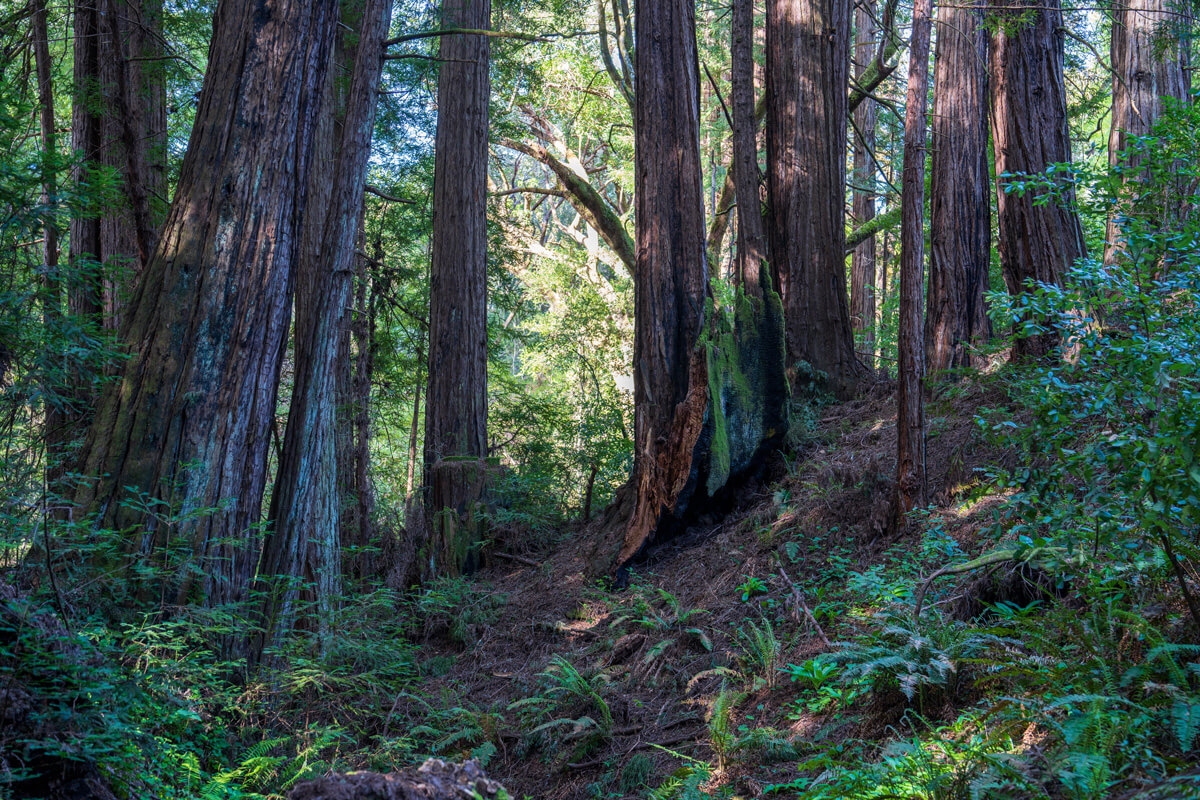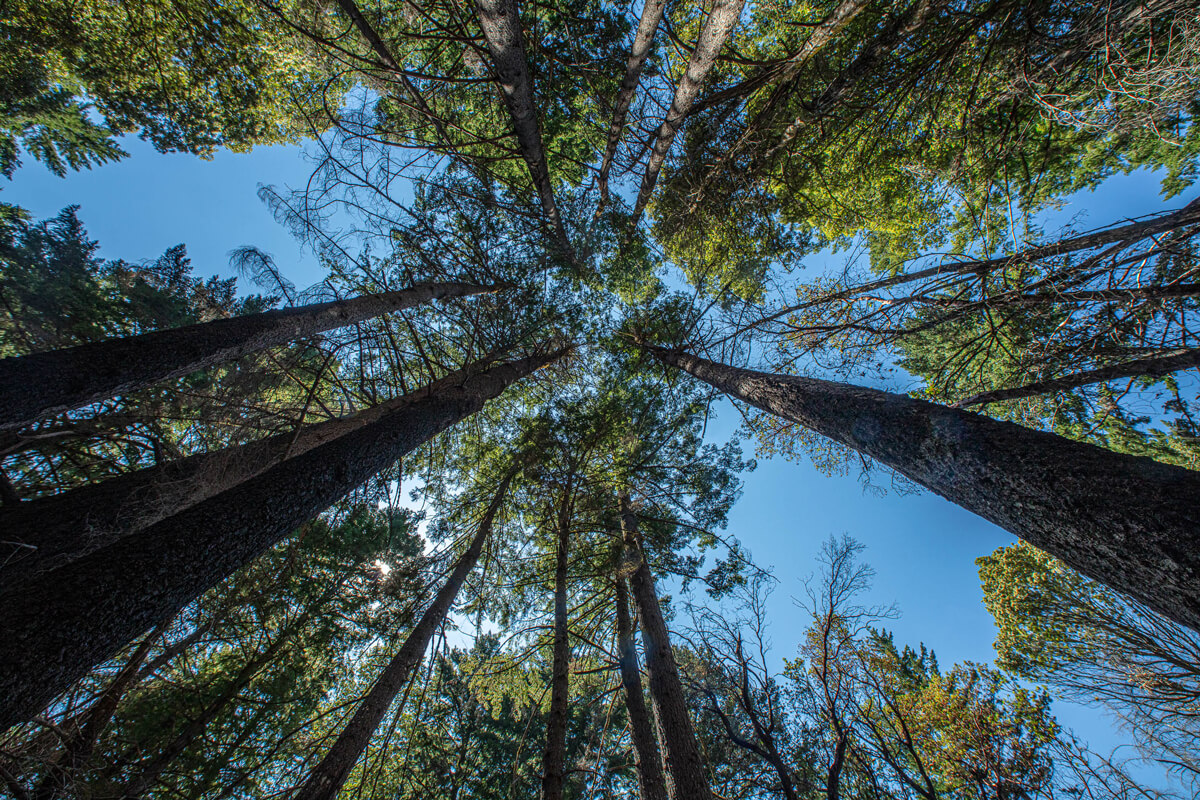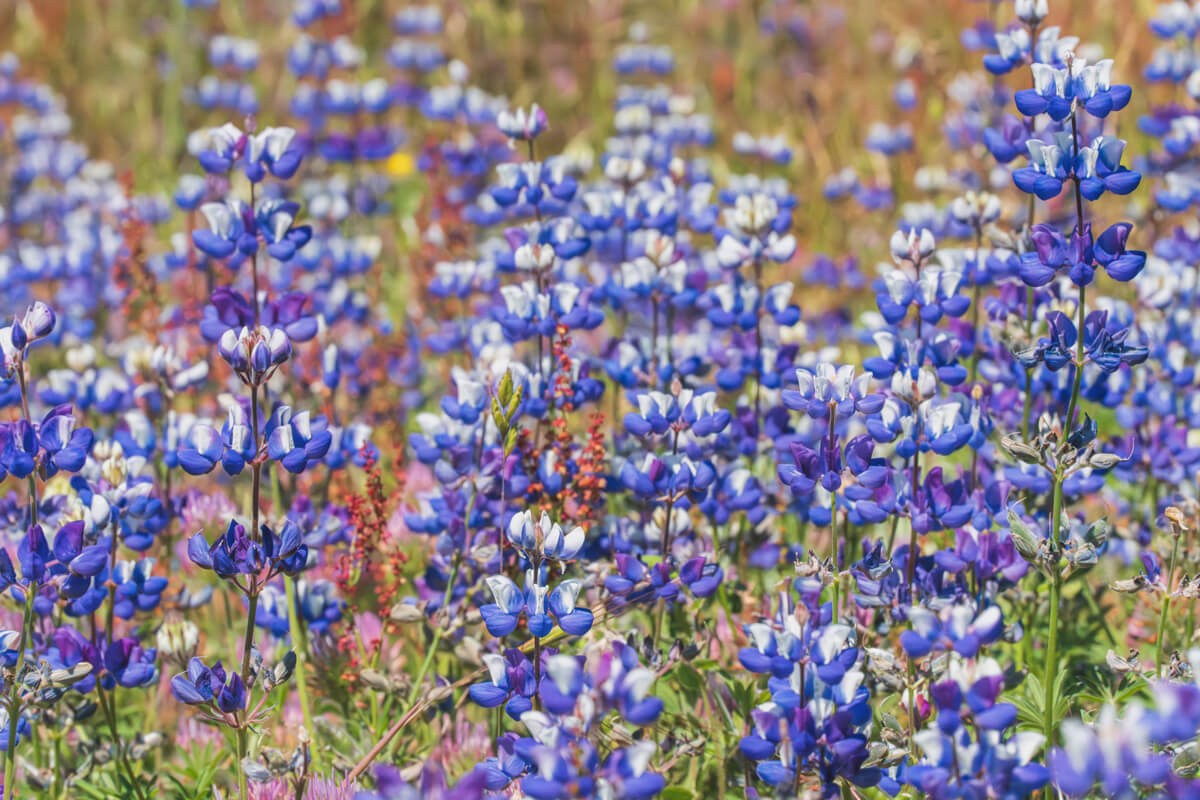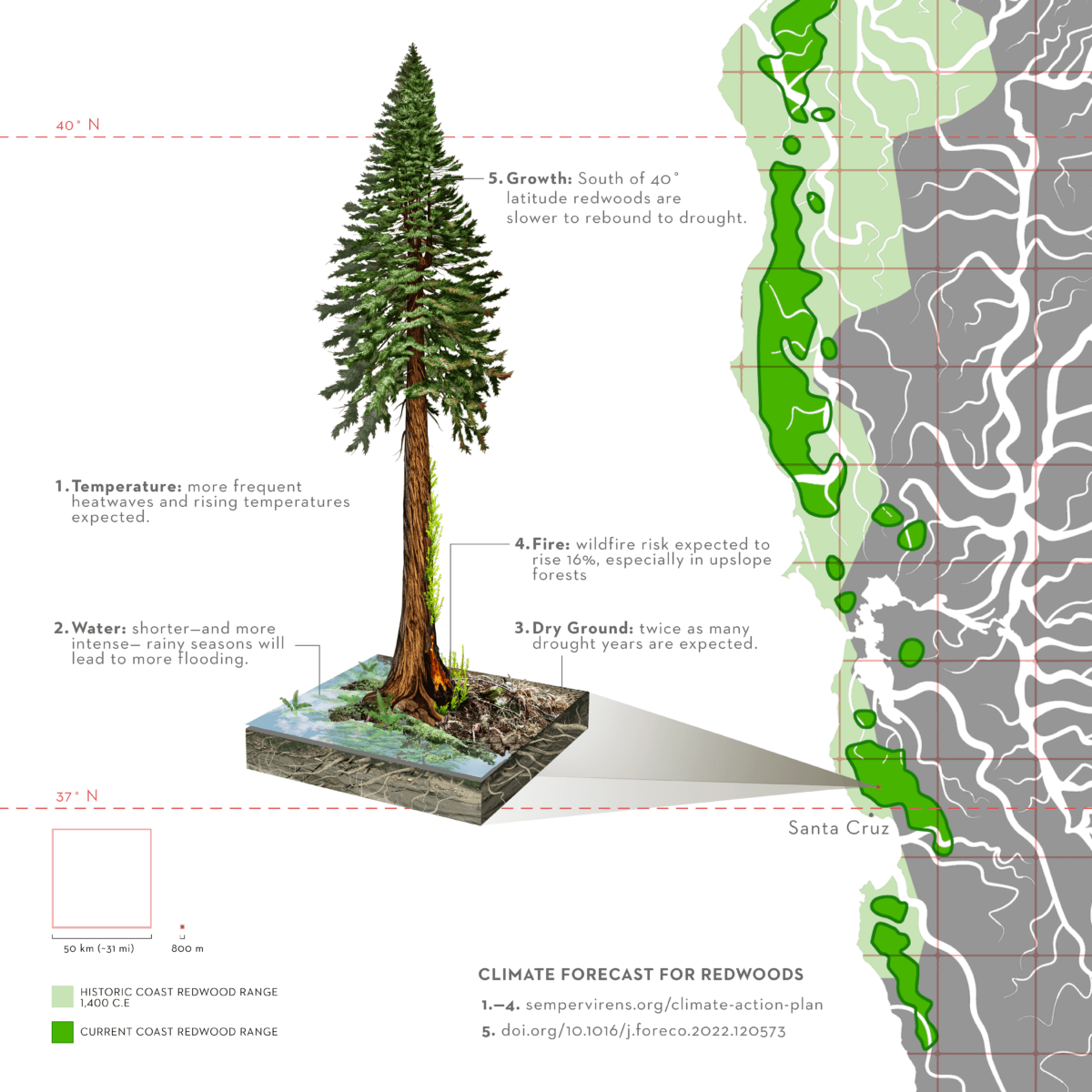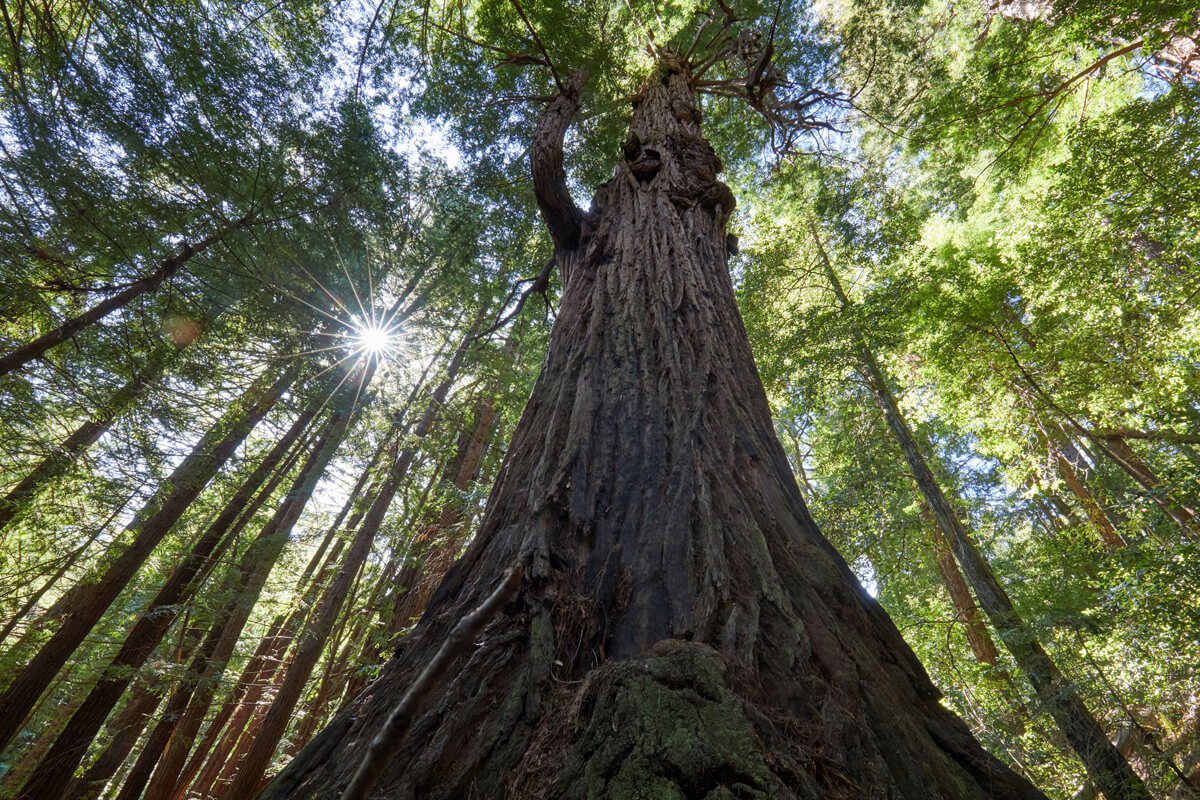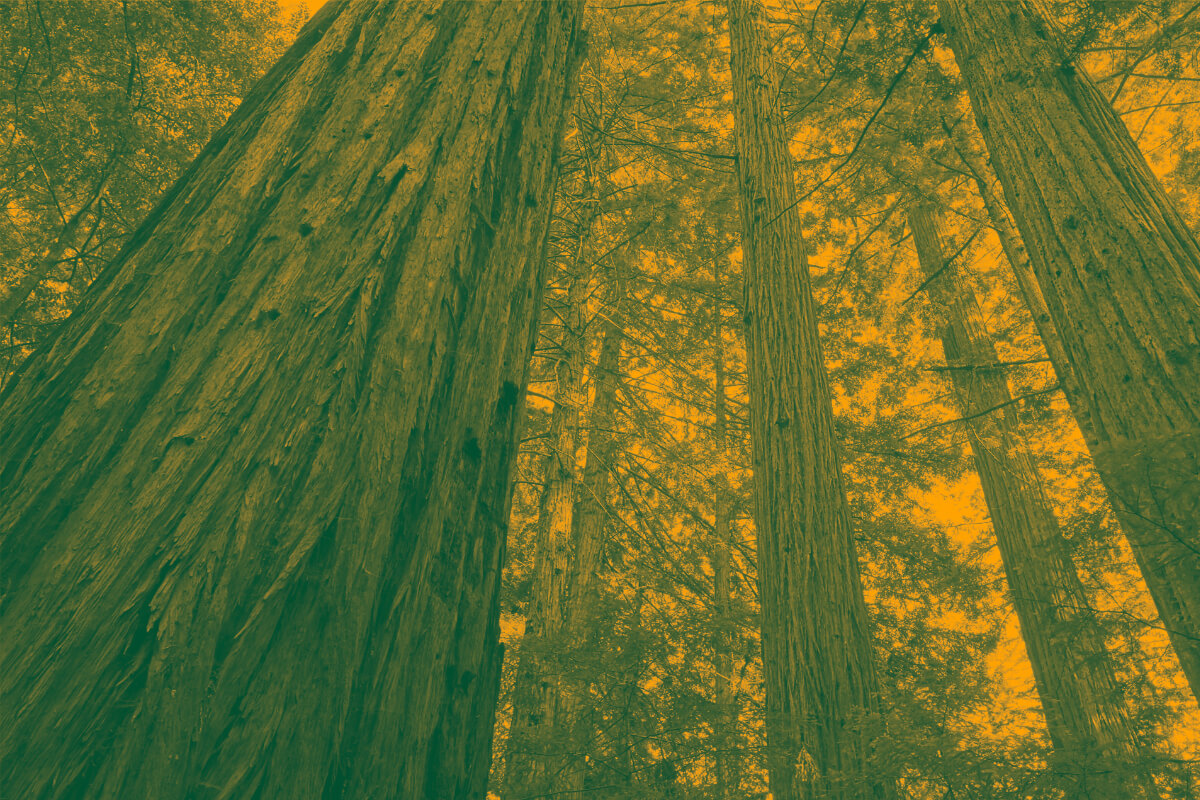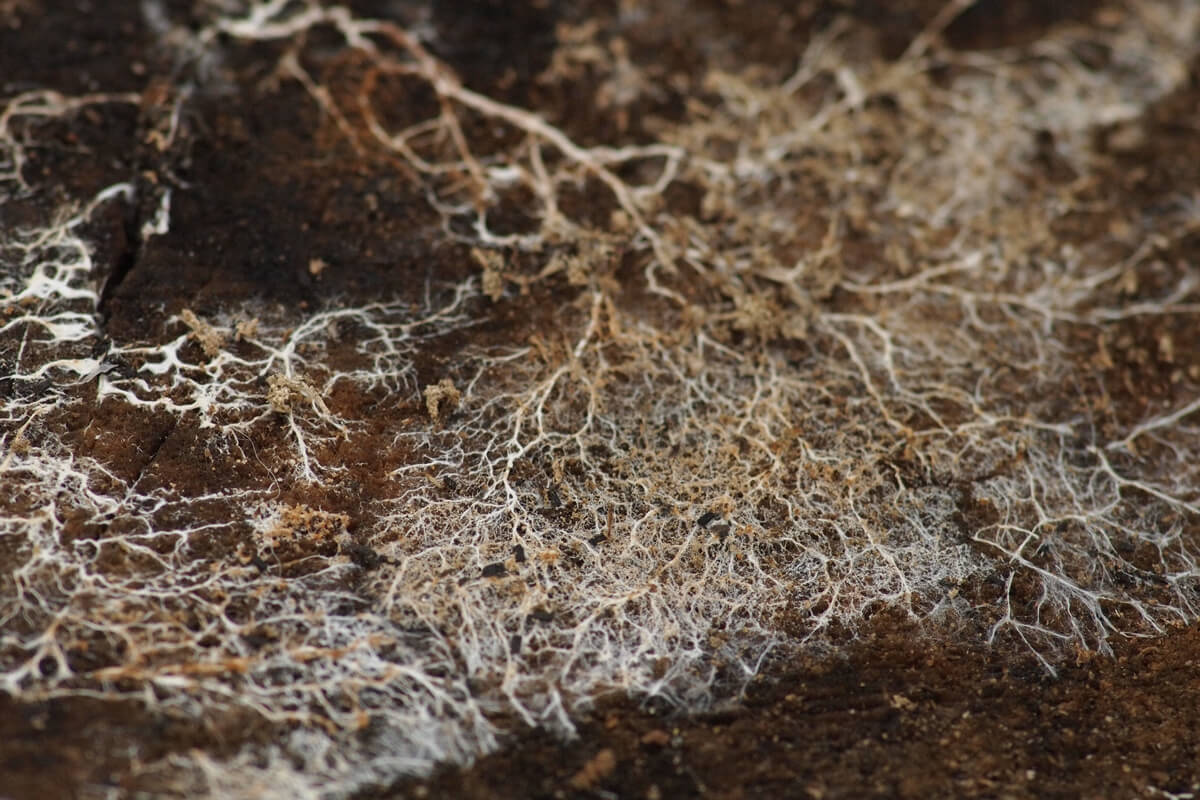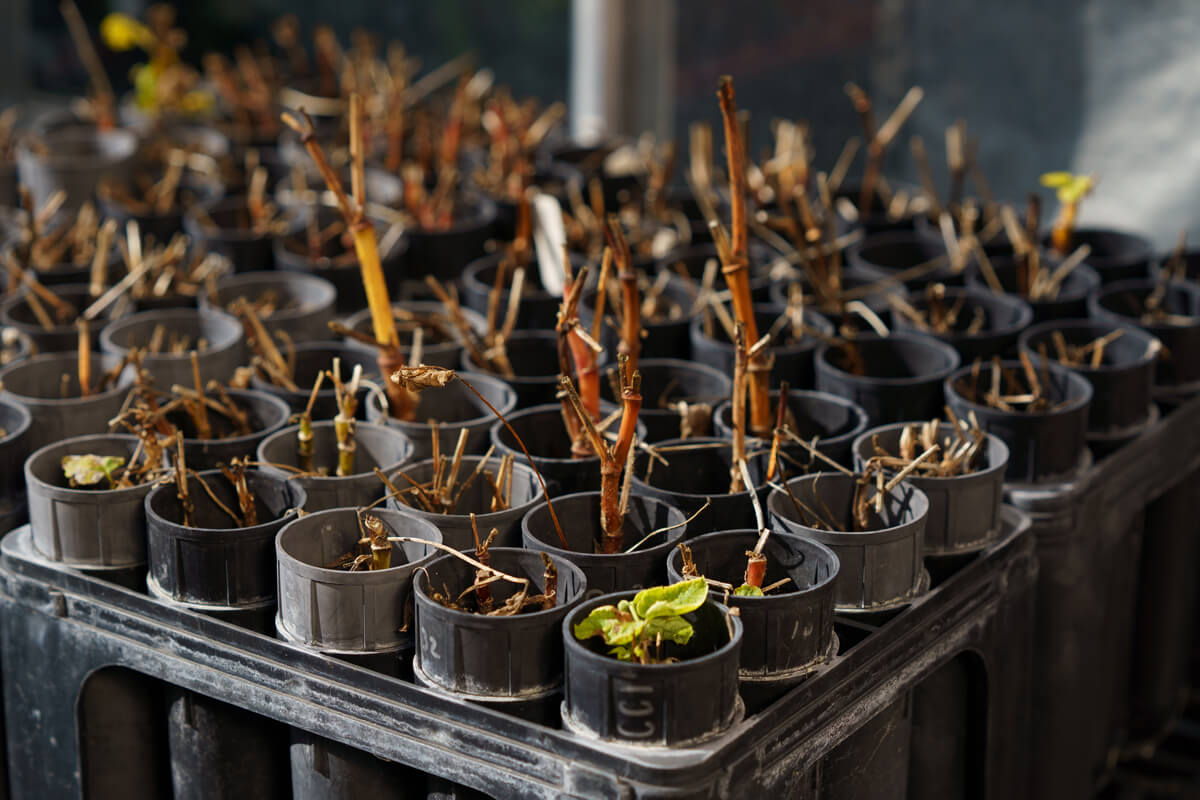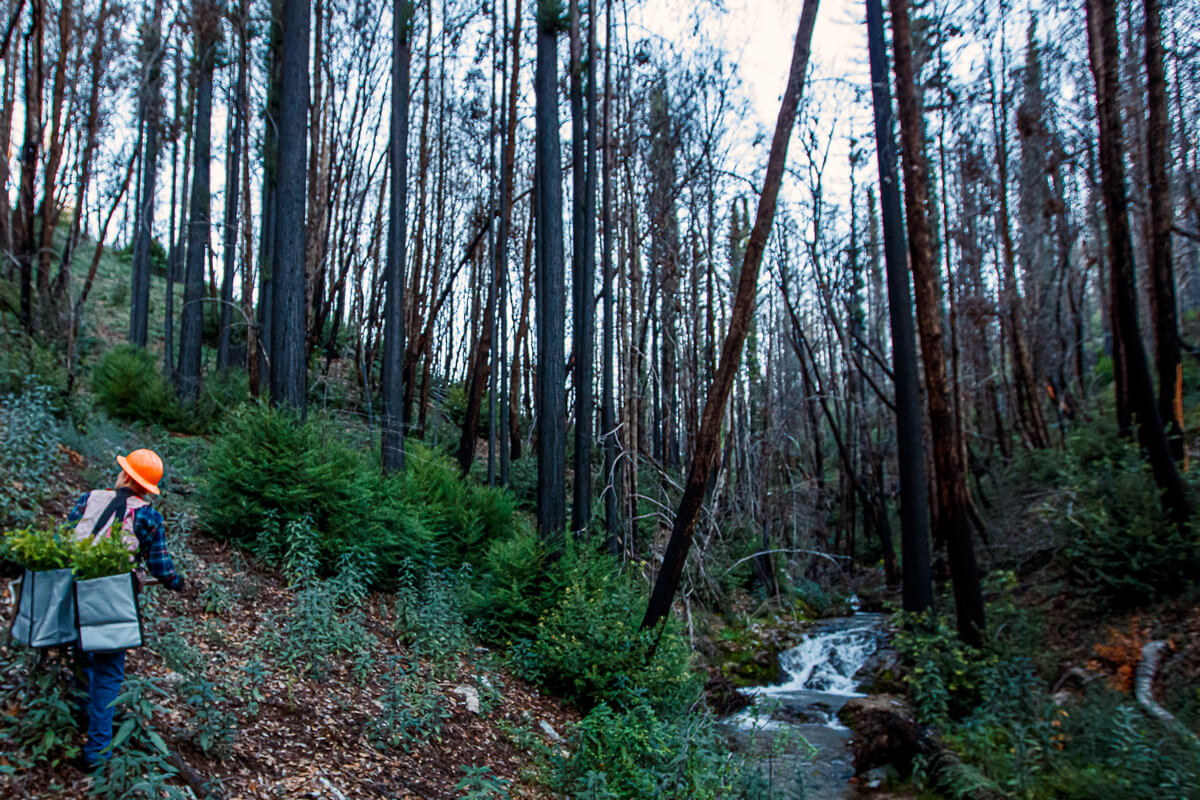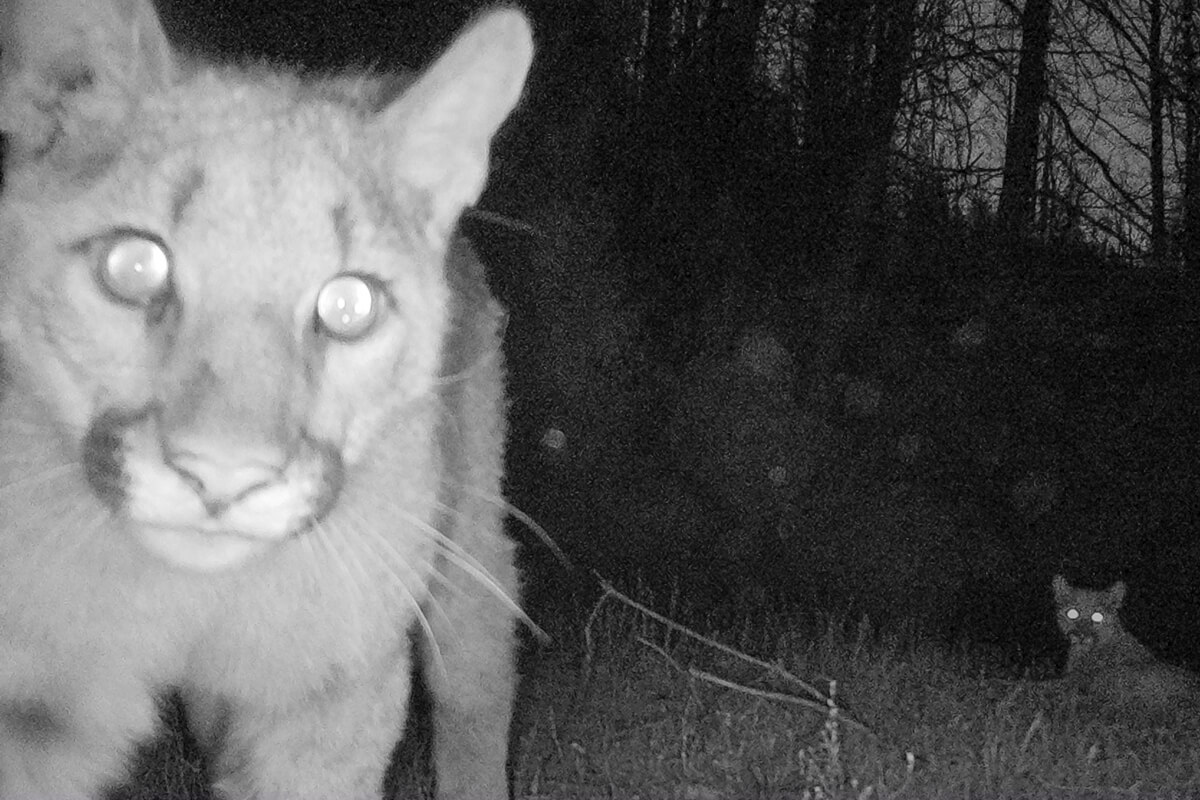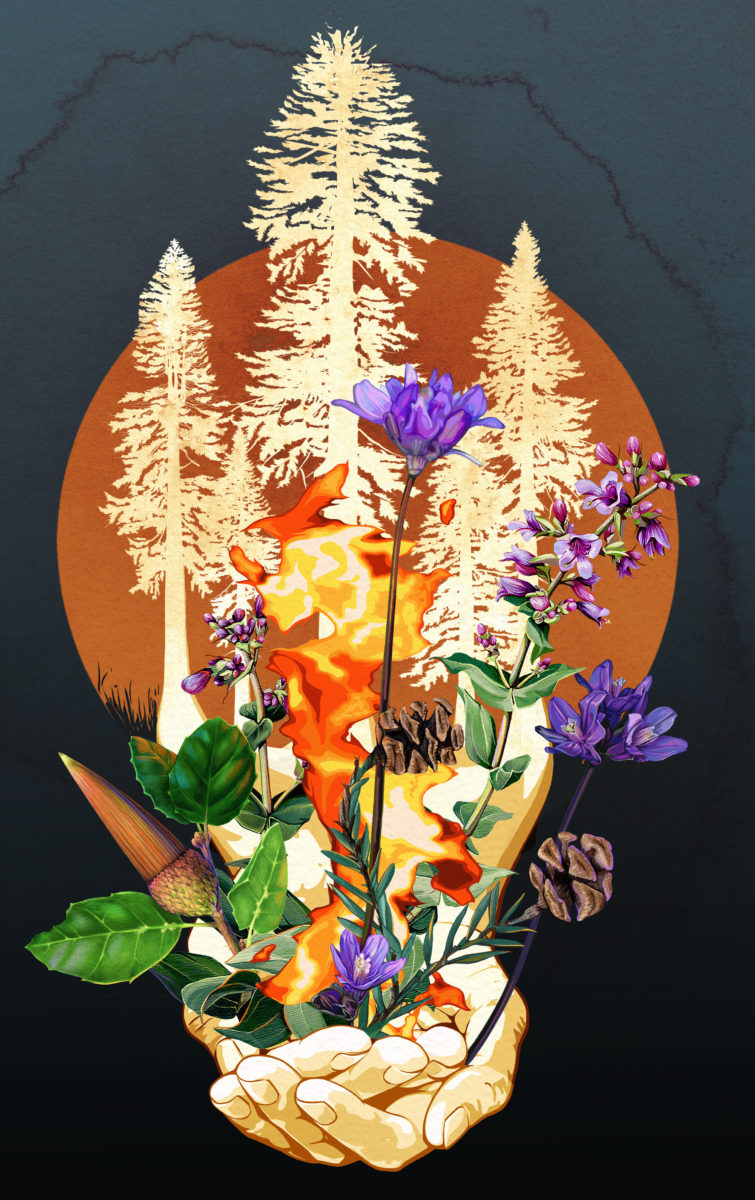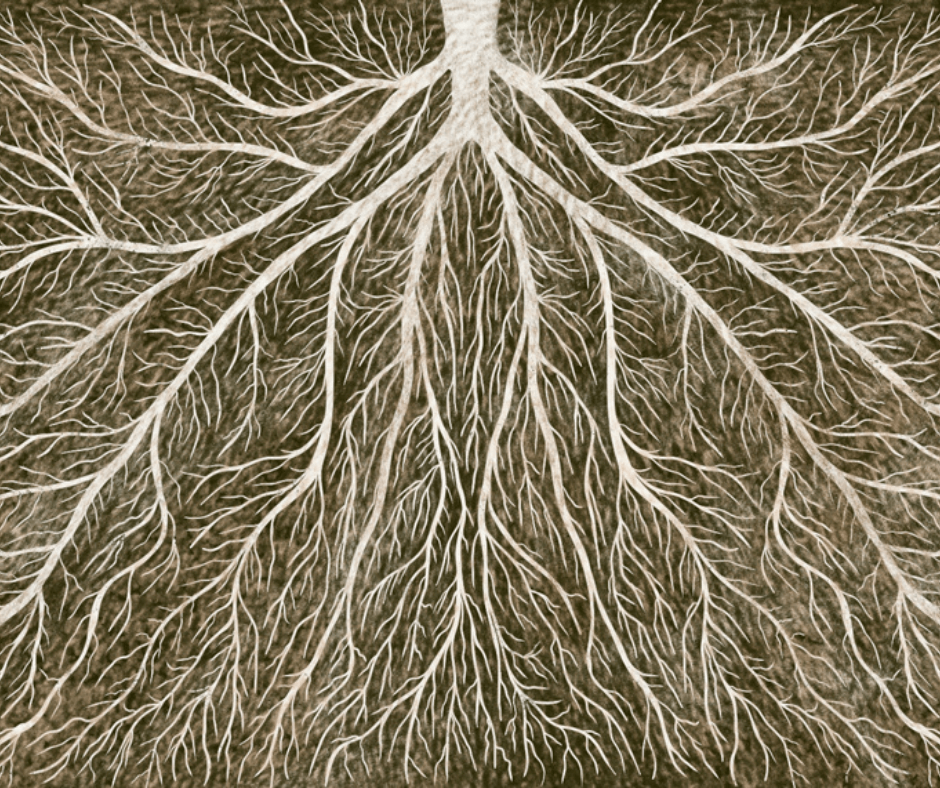Posts Tagged ‘Climate Change’
2023 News: What You’ve Made Possible
Without supporters like you, fewer forests would be protected and habitats restored, and they would be less resilient to fires, floods, and the increasing threats from our changing climate. You have made so many amazing things happen this year for redwood forests, and the people, plants, and creatures that need them. Thank you for protecting forests that help protect us all! Here are a few of the moments you made possible in 2023.
Read MoreFuel for Fire: Framing Forest Resilience Three Years After the CZU Fire
Three years after the CZU Fire, the resilient land is recovering and fire-adapted species are restoring green to the landscape. But these lush signs of nature’s rebirth after fire can quickly become fuel for the next fire. How can we restore these ecosystems from a damaging past for an uncertain future? Take a look through a trained lens to witness the intersection of natural resilience and cutting-edge stewardship techniques.
Read MoreBeyond the Bloom: Superblooms in the Santa Cruz Mountains
Our resident biologist and natural resource manager Beatrix Jiménez-Helsley takes us on a photo essay into the rarer side of the superbloom and why its waning in some habitats and just getting started in others—a phenomenon that just may be the saving grace for redwoods and the species that rely on them as our climate continues to change.
Read MoreRedwoods and Climate Part 4
In the final part of the redwoods and climate series by Julia Busiek, we explore research about how climate change is already affecting redwoods across their range, and how it informs our new plan to save redwoods, and the plants and wildlife that rely on them, before its too late.
Read MoreAncient Trees in a Modern World
Can thinking of redwoods differently help us give care to young things that might grow old in the face of climate change before it’s too late? Thanks to historian and author Jared Farmer, we are expanding our vocabulary for describing and understanding what he calls “Elderflora,” which is also the title of his new book that trace’s ancient plant life’s intersection with our modern human world.
Read MoreEarth Month of Action
As we grapple with a changing climate, the need to take action for the 52nd Earth Day on April 22 feels more urgent than ever. We have put together a calendar of 30 actions—from planting a native garden to experiencing forest bathing—you can take throughout the month to protect the natural world close to you. Learn about this week’s actions to help make a bigger impact together!
Read MoreA Tangled Web: Redwoods, Colonialism, Eugenics, and Climate Change
Many people may not realize when walking among redwood forests that their conservation is tied up in a natural and social history that is as complex as the trees are visually spectacular. It is precisely the traits that give the redwoods their splendor that led to one particularly nefarious argument for their conservation—the then-emerging field of eugenics. Read on to learn more about how eugenics is entangled with the history of redwoods conservation.
Read MoreThe Seedling Saga
Plant a native plant and habitat is restored! Right? The saga of these seedlings, five years in the making, offers a look at the deceptively difficult process and planning that come before planting and the seemingly endless problems that stand between their roots and restoring native habitat.
Read MoreStory of a Seedling
Seeds–the size of a tomato’s–can grow into the tallest trees on earth, restore the footprint of a decimated forest, and help support life–of plants, animals, and people–for thousands of years. But it won’t be easy. Many challenges lie in waiting first. Read on for the story of a redwood seedling plucked from its home to grow safely, only to return and valiantly help restore the forests and habitats of San Vicente Redwoods.
Read MoreMonitoring Wildlife for Healthy Forests
While the size and majesty of a coast redwood often dominates the landscape, like all ecosystems, there is so much more than meets the eye–a complex, delicate, and intricate web of life comprised of the reciprocity of thousands of life forms from the microorganisms in the soil, fungi and insects, to the plants, trees, and wildlife. What can monitoring wildlife on the land, water, and air tell us about recovery and recreation in the forest? Read on to learn more.
Read MoreRedwoods and Climate Part 3
In the third part of a new series by Julia Busiek about the impacts of climate on redwoods, we explore how human-caused conditions that led to the CZU fire have been building since the beginning of European colonization, and what, if anything, can be done to prevent it from happening again.
Read MoreUnderground Allies: The Importance of Fungi in Redwood Conservation
Redwood trees are world famous, and each year, their allure draws millions of visitors from around the world. What most park visitors overlook, however, is a lesser-known group of organisms whose biology is vital to survival of the trees. These organisms are fungi, and we would be wise to pay attention to them.
Read More